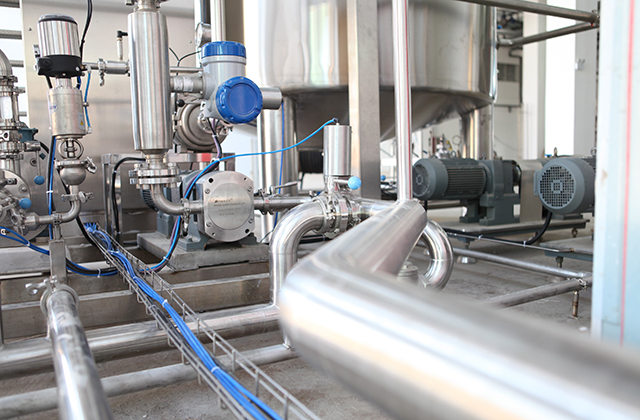Introduction
As a homeowner, it’s essential to understand the importance of sewer line repair and it should be also relined by Sydney relining pipe. Your sewer line is responsible for carrying waste and wastewater from your home to the municipal sewer system. When it malfunctions, it can disrupt your daily routine and pose health risks to your family.
Understanding Sewer Line Issues
Before diving into the repair process, it’s crucial to identify common sewer line problems and their causes. Some of the most common issues include clogs, leaks, cracks, and tree root infiltration. These problems can arise due to various factors, such as aging pipes, poor maintenance, or environmental factors.
DIY Sewer Line Repair
If you’re a DIY enthusiast, you may attempt to repair minor sewer line issues on your own. However, it’s essential to proceed with caution and follow these step-by-step tips:
- Assess the problem: Use a sewer camera or call a professional to inspect the sewer line and identify the issue accurately.
- Gather the right tools and materials: You may need a wrench, plunger, sewer snake, PVC pipe, and other materials depending on the repair.
- Follow safety precautions: Wear protective gear, such as gloves and goggles, and work in a well-ventilated area to avoid exposure to harmful gases.
- Clear the clog: Use a plunger or sewer snake to clear minor clogs. Avoid using chemical drain cleaners as they can damage your pipes.
- Fix leaks or cracks: If you identify leaks or cracks, use epoxy putty or pipe clamps to seal them temporarily. However, it’s recommended to seek professional help for a permanent fix.
- Replace damaged pipes: If the damage is severe, you may need to replace the damaged section of the pipe with a new one. Follow proper installation guidelines and use quality materials.
Hiring a Professional
While DIY repairs can save you money, certain situations require professional expertise. It’s essential to know when to seek expert help, such as:
- Major sewer line issues: If the damage is extensive, or if you’re not confident in your repair skills, it’s best to hire a licensed plumber with experience in sewer line repairs.
- Code compliance: Sewer line repairs may require permits and compliance with local building codes. A professional plumber can ensure that your repairs meet the necessary regulations.
- Safety concerns: Sewer line repairs can be hazardous due to exposure to toxic gases and other risks. Hiring a professional can minimize the risks and ensure the safety of your family and property.
Best Practices for Sewer Line Repair
Whether you’re attempting a DIY repair or hiring a professional, it’s crucial to follow these best practices:
- Safety first: Wear protective gear, work in well-ventilated areas, and follow safety guidelines to prevent accidents.
- Quality materials: Use high-quality materials and tools to ensure durability and longevity of the repair.
- Proper installation: Follow proper installation guidelines and techniques to ensure the repair is done correctly and effectively.
- Regular maintenance: Regularly inspect and maintain your sewer line to prevent issues from escalating and ensure its smooth operation.
- Avoid harmful practices: Avoid flushing non-flushable items, such as wipes, diapers, and grease, down the drains, as they can cause clogs and damage to your sewer line.
Conclusion
Mastering sewer line repair can be a valuable skill for homeowners to tackle plumbing issues effectively. By understanding common sewer line problems, following safety precautions, using the right tools and materials, and knowing when to seek professional help, you can address sewer line issues with confidence. Remember to prioritize safety, quality, and proper installation to ensure a successful repair.
